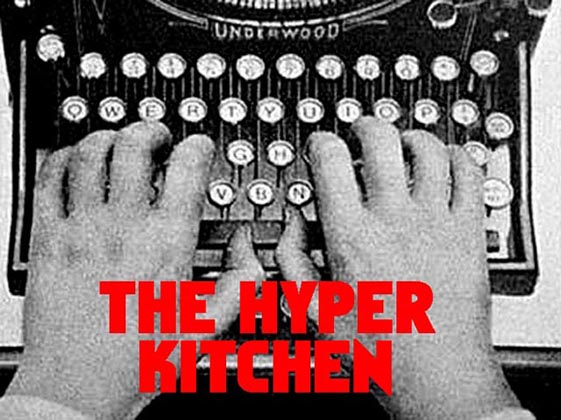Still, our imagination always exceeds our technology, and we have not yet found a way to program the stoic professionalism of a majordomo onto a silicon chip. However, that doesn't stop us from trying.
In the 1980's, an electronics firm known as the Heath Company had found success manufacturing "Heathkit" do-it-yourself computers. By 1982, the Heathkit brand had expanded to include robotics. Known as HERO (an acronym for the Heathkit Educational Robot), the earliest models resembled little photocopiers on wheels. They were equipped with numerous sensors, a single mechanical arm, and 4 kilobytes of memory stored on tape-cassette. Through the use of a keypad in its "head," the HERO could perform simple tasks and even carry drinks.
The HERO was later followed by the smaller, more streamlined HERO Jr. This incarnation was designed with greater mass-market appeal and took cues from R2-D2 and other cute lil' robots from fiction. While Junior had less memory than its forebear, it did come equipped with a speech synthesizer that produced a voice that could be adjusted to the tastes of its owner. It could remember and repeat its owner's name, and then entertain them with pre-programmed poems, songs, and nursery rhymes. It also could patrol the home as a "guard" and remotely activate security systems if it detected intruders. Additional program cartridges were available to further broaden Junior's abilities.
Unfortunately, sales of the HERO Jr. and its successor (the bombastic HERO 2000), were not enough to sustain the Heath Company. Changes in computer technology and marketing had made the manufacture of kits a non-viable source of revenue. The Heath Company eventually folded in 1992, and was tossed back and forth by various investor groups. The once prominent company was a forgotten figure in the world of computing, and among its achievements, only its role in the nascent world of household robotics endured.
 Recently, a new development has emerged from the ashes. Calling itself Heathkit Educational Systems, this company has partnered with a Canadian corporation called White Box Robotics. Their first major project is the most advanced HERO to date; a HERO for the 21st century. Perhaps believing that their creation needed a more manly name, they named the thing the HE-RObot. This model comes equipped with Windows XP, a web cam, USB port, wireless networking, and speech recognition software allowing for a unique degree of interactivity with its owners and its environment. Heathkit and White Box hope to have the HE-RObot available for purchase sometime in 2012, all for a mere $8000.
Recently, a new development has emerged from the ashes. Calling itself Heathkit Educational Systems, this company has partnered with a Canadian corporation called White Box Robotics. Their first major project is the most advanced HERO to date; a HERO for the 21st century. Perhaps believing that their creation needed a more manly name, they named the thing the HE-RObot. This model comes equipped with Windows XP, a web cam, USB port, wireless networking, and speech recognition software allowing for a unique degree of interactivity with its owners and its environment. Heathkit and White Box hope to have the HE-RObot available for purchase sometime in 2012, all for a mere $8000. Be the first one on your block.
Would you like to know more?
-Take a look at the HERO line here
-Visit Heathkit Education Systems official site
-Visit White Box Robotics official site










